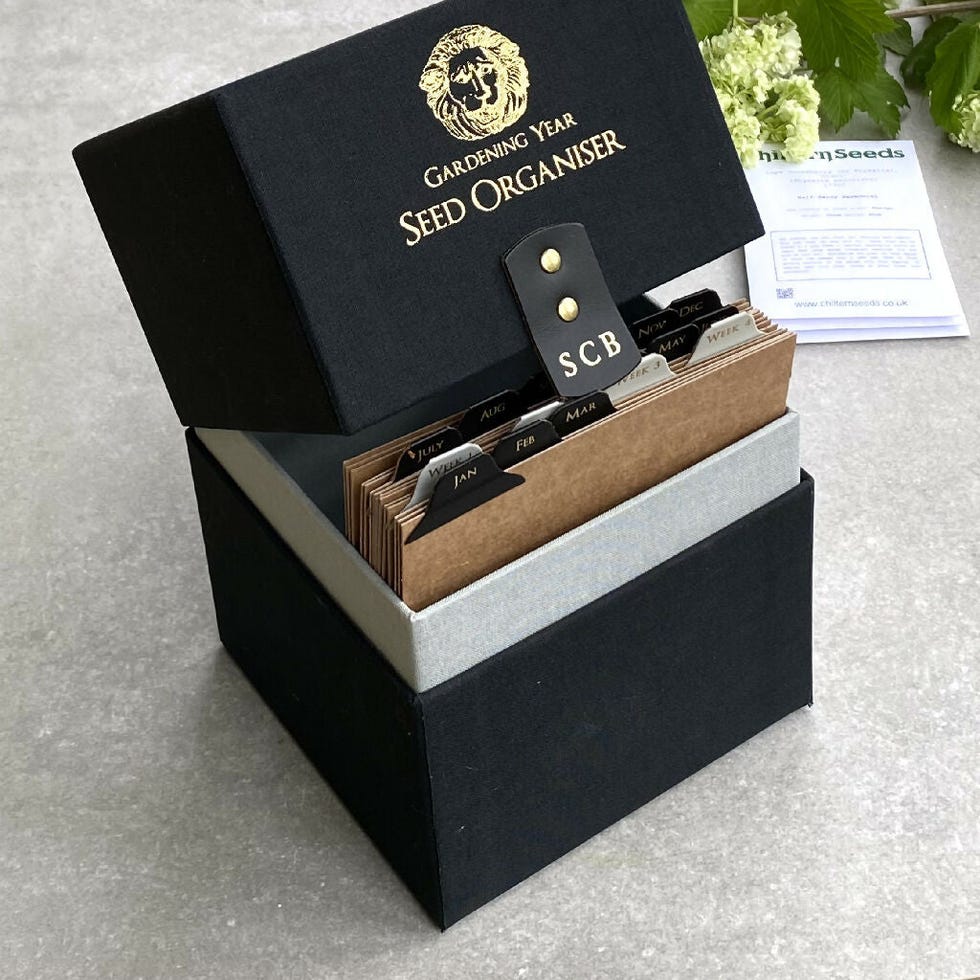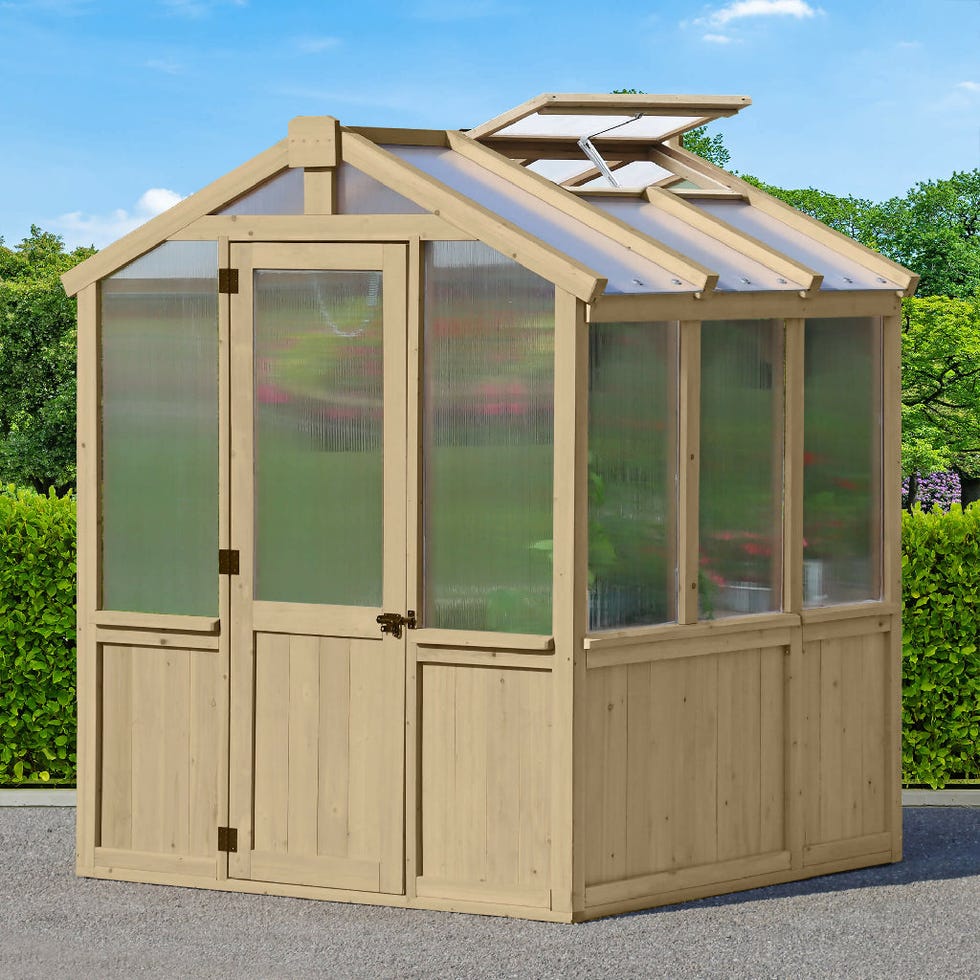A newly published map has identified the UK’s most heavily affected areas for Japanese knotweed, offering a clearer understanding of where this persistent invasive plant continues to thrive.
Once admired in Victorian gardens for its ornamental appeal, Japanese knotweed is now recognised for its rapid, invasive growth and the challenges it presents to homeowners.
Where in the UK is Japanese knotweed most common?
The 2025 rankings, based on infestation density per square mile, highlight the areas experiencing the most intense spread of knotweed:
Bristol takes the unwelcome crown in 2025, with 33.91 infestations per square mile, followed by Merseyside, Greater London and Lancashire. The rankings, based on density rather than total reports, give a more accurate picture of where knotweed is taking root most fiercely.
Japanese knotweed hotspots in the UK for 2025:
1.Bristol – 1,440 cases (33.91 per mi²)
2.Merseyside – 2,963 (11.87 per mi²)
3.Greater London – 4,687 (7.74 per mi²)
4.Lancashire – 8,612 (7.25 per mi²)
5.Greater Manchester – 3,558 (7.22 per mi²)
Why Japanese knotweed is a concern
Japanese knotweed might look harmless, but its underground root system can spread several metres and quietly cause significant disruption. It’s been known to crack patios and driveways, weaken building foundations, and put pressure on walls, fences and garden structures.
Beyond the garden, it can complicate property sales and mortgage approvals, making it a concern for both your home’s structure and its long-term value.
The Royal Horticultural Society (RHS) lists Japanese knotweed as a major “problem weed”, highlighting the risks it poses to both built and natural environments.
What to do if it’s on your property
Under the Wildlife and Countryside Act 1981, it is an offence to cause Japanese knotweed to grow in the wild in England and Wales. While it is not illegal to have it on your land, allowing it to spread can result in civil legal disputes or enforcement notices.
If you suspect Japanese knotweed, avoid cutting, digging or composting it. According to guidance from GOV.UK, disturbing the plant can make the situation worse. Contact a certified specialist for treatment and legal advice, keep records and photos, and notify neighbours or your council if it’s near boundaries.
To check if Japanese knotweed is growing near you, see the full UK heat map on Environet UK.
Gardening Must-Haves Painted Garden Label/Marker
Painted Garden Label/Marker Garden Snips in Leather Pouch
Garden Snips in Leather Pouch Undercover Personalised Gardening Year Seed Box Organiser
Undercover Personalised Gardening Year Seed Box Organiser NEW! ‘Sienna’ 2.2m Premium Solid Wood Outdoor Parasol Umbrella
NEW! ‘Sienna’ 2.2m Premium Solid Wood Outdoor Parasol Umbrella Alex HB Designs Wildlife Friendly Garden Planner
Alex HB Designs Wildlife Friendly Garden Planner Meridian Greenhouse 6.7ft x 6ft (2.3m x 2m)
Meridian Greenhouse 6.7ft x 6ft (2.3m x 2m)


AloJapan.com